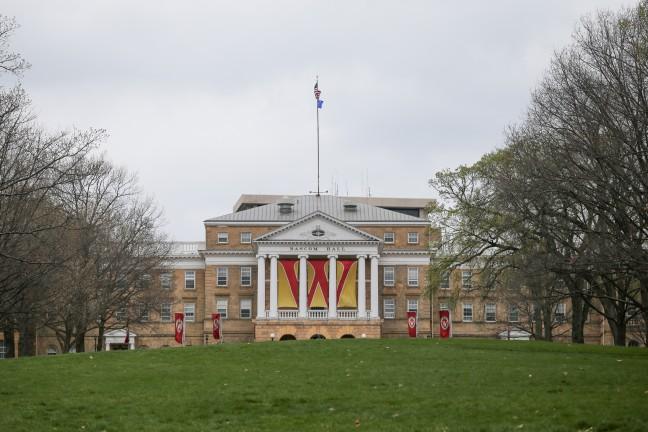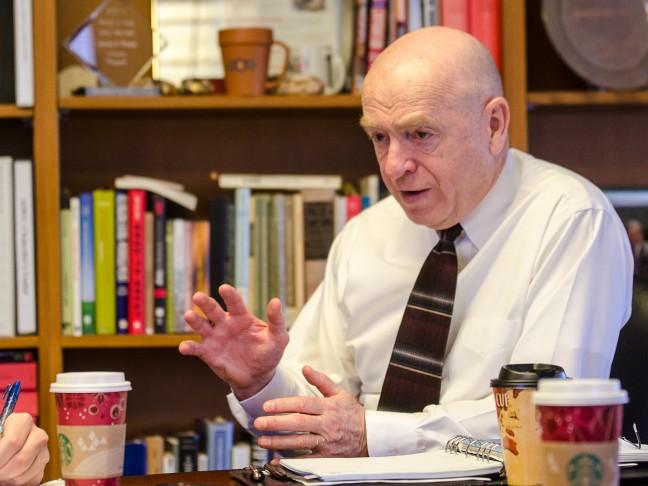A non-profit group has raised concern over the proposed location for building a new foreign animal disease research center on the Kansas State University campus because of the area’s high number of tornadoes and its proximity to large numbers of cattle.
In a report released on Monday the National Academy of Science said there is a 70 percent chance of an outbreak from released pathogens in the next 50 years at the Department of Homeland Security’s National Bio and Agro-Defense Facility, which could cost the country between $9 billion to $50 billion.
According to the report, the facility will be located near the KSU football stadium and its college of veterinary medicine clinics, where large numbers of people and animals could be infected if one of the diseases studied at the facility was to be released.
“Ultimately, policymakers will need to decide whether the risks are acceptable related to constructing and operating the NBAF in Manhattan, Kansas, and DHS will need to determine steps to minimize risk and impact if construction and operation should proceed as planned,” the report said.
However, in a statement the Department of Homeland Security said the NAS report is not an accurate picture of how the facility will run when completed.
“The Academy’s report is not an accurate assessment of the operational picture of the NBAF. Their calculation of cumulative risk over a 50-year period was based on our very early-stage risk calculations of a notional facility with no additional mitigation measures in place,” the department said in a statement.
KSU Vice President of Research Ron Trewyn said only 35 percent of the building has been designed and additional safety measures will be put into place.
The NBAF will study foreign animal diseases, like foot and mouth disease, and also diseases that can pass from animals to humans with no known cures, like the Nipah and Hendra viruses, Trewyn said.
Trewyn added this is important research that the U.S needs to be conducting.
“If we are going to protect the livestock and stop some of the [animal to human diseases] we need to ratchet up our research,” Trewyn said.
The University of Wisconsin sent in a proposal to have the NBAF built near campus in 2006. However, the Department of Homeland Security chose the site at KSU.














